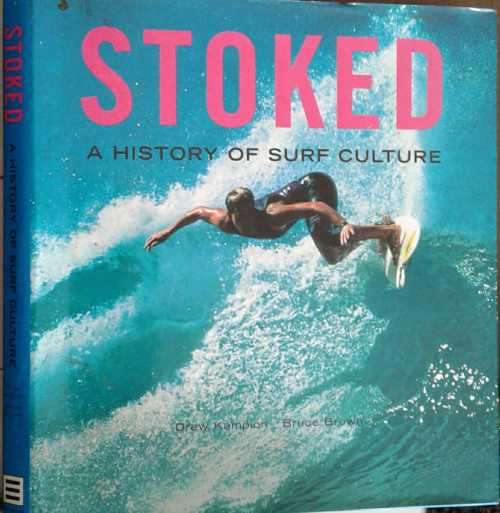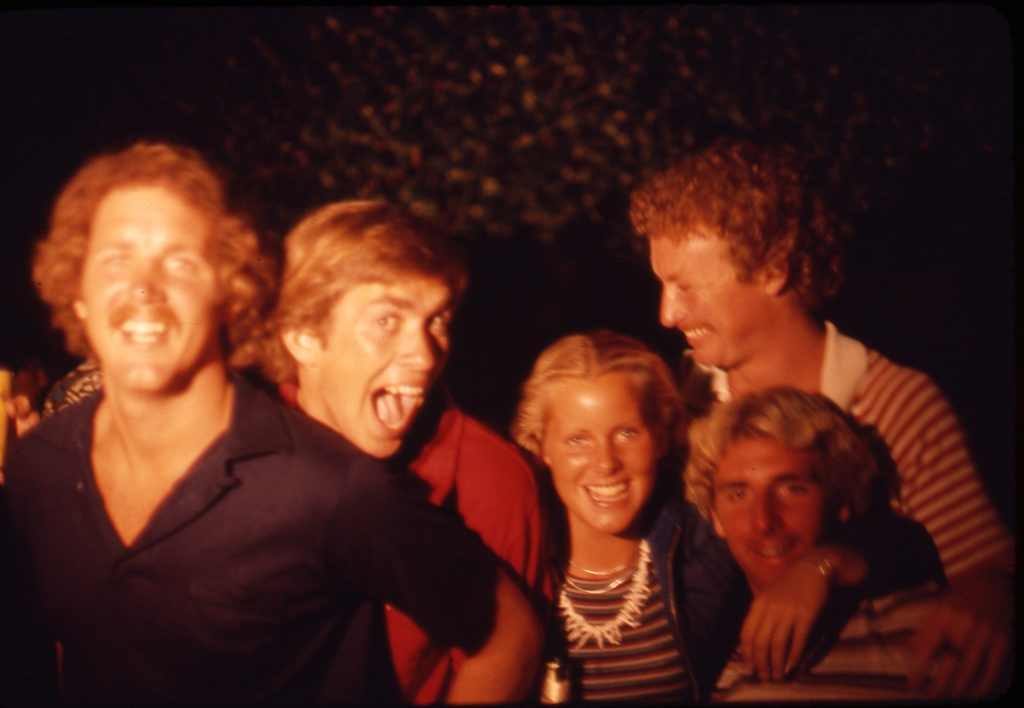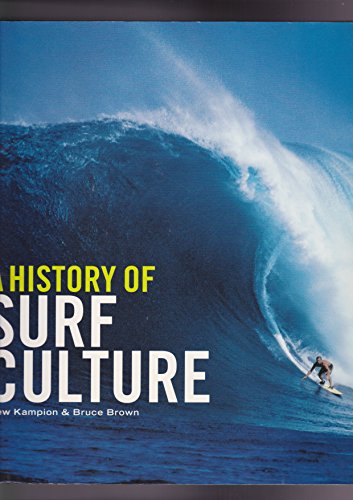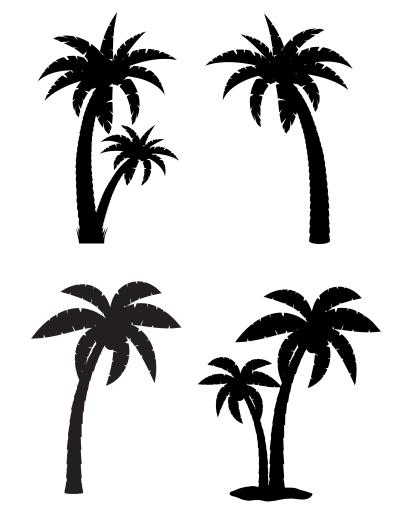Surf culture in California has become a vibrant part of its identity, blending sport, art, and lifestyle. It emerged in the early 20th century, influenced by Hawaiian traditions and local innovations. Over the decades, it has grown to symbolize freedom, rebellion, and connection with nature. This culture has inspired countless artists, with vector art capturing the essence of surfing’s thrill and the stunning California coastline. We will explore the key elements shaping this culture, focusing on its origins and how it has evolved through creative expressions.
The Origins of Surfing in California

The roots of surfing in California trace back to the early 1900s. Inspired by the ancient Hawaiian practice, California surfers began to adopt the sport in Santa Cruz and other coastal cities. Key figures such as Duke Kahanamoku popularized surfing, showcasing its grace and allure through exhibitions and competitions.
During the 1920s and 1930s, surfing began to gain traction, thanks in part to the emergence of surf clubs and the development of more accessible surfboards. The sport was primarily enjoyed by a small group of enthusiasts, comprising mostly young men. However, it wasn’t until the post-World War II era that surfing exploded in popularity.
The 1950s and 1960s marked a golden age for surfing in California, influenced by surf music and cinema, exemplified by films like “Endless Summer.” This period saw the birth of notable surf brands and a burgeoning youth culture that embraced surfing as a way of life. With growing media coverage, the image of surfing became synonymous with California’s laid-back lifestyle, further solidifying the state as the cradle of global surf culture.
The Evolution of Surf Culture in the 20th Century

Surf culture in California underwent a remarkable transformation throughout the 20th century, evolving from a niche pastime to a global phenomenon. In the early 1900s, surfing was primarily associated with native Hawaiian culture and was largely unknown to most Californians. However, the introduction of surfboards made of redwood and the growing popularity of beach life began to change that.
By the 1950s, surfing began to capture the imagination of young people, thanks, in part, to films like Gidget and Beach Blanket Bingo. These movies showcased surfing as an adventurous and carefree lifestyle, which resonated with the post-war youth. Surfing clubs sprouted up along the California coast, and a sense of community began to form around the sport.
The 1960s marked a turning point, as surfing became intertwined with the counterculture movement. This era spotlighted not just the sport but also freedom, rebellion, and creativity. Iconic bands like The Beach Boys popularized surf rock, and magazines such as Surfer began to document the burgeoning lifestyle, highlighting not only the sport but the unique fashion and art associated with it.
As the decades progressed, surfing began to embrace even more diversity. By the 1980s and into the 1990s, contests became more formalized, attracting sponsorships and international competitors. The rise of brands like Billabong and Quiksilver solidified surfing’s commercial appeal, and the sport increasingly crossed over into mainstream culture.
Overall, the evolution of surf culture in the 20th century illustrates a dynamic interplay between sport, art, music, and community—a blend that continues to inspire generations today.
Vector Art and Its Impact on Surf Culture

Vector art has played a significant role in shaping surf culture, particularly in its representation and identity. Unlike traditional art forms, vector graphics are created using mathematical formulas, allowing them to be scaled infinitely without losing clarity. This quality makes them ideal for diverse applications, from logos to large surfboard designs.
In the surf world, vector art has become a symbol of creativity and individual expression. Many surf brands and artists have turned to vector design to create eye-catching, modern interpretations of surf-themed graphics. This shift has led to several exciting trends:
- Logo Design: Many companies use vector graphics to create memorable logos that resonate with surf enthusiasts, echoing themes of nature, freedom, and adventure.
- Surfboard Graphics: Artists have embraced vector art to design bold, colorful surfboard decals, allowing for personalization, while connecting artistry with functionality.
- Merchandise: Apparel and accessories featuring vector art have become staples in surf culture, helping to solidify branding and community ties.
Moreover, the digital nature of vector art allows for easy sharing and reproduction, leading to a global exchange of ideas and styles. Surf artists from different parts of the world can connect and collaborate, bringing a fusion of cultural influences to their designs. This interconnectedness has not only enhanced the aesthetic of surf culture but has also democratized it, giving rise to new voices and new visions.
In essence, vector art has not just influenced the visual identity of surf culture; it has also helped to cultivate a thriving artistic community that celebrates the spirit of surfing in all its forms.
Notable Artists and Their Contributions to Surf Vector Art
Surf culture in California has not only shaped the waves we ride but has also given rise to a vibrant artistic movement. Vector art, with its clean lines and ability to encapsulate the surf lifestyle, has become a vital medium for many artists. Here are a few notable artists who have made a significant impact in this realm:
- Rick Griffin: Often regarded as the father of surf art, Griffin’s work in the 1960s captured the essence of the California surf scene. His iconic graphics, especially his psychedelic style, became synonymous with surf culture and helped popularize raster and vector art techniques during his time.
- John Van Hamersveld: Known for his famous Endless Summer poster, Van Hamersveld’s vector art not only epitomized the surf lifestyle but also connected with fans globally. His vibrant use of color and minimalistic designs continue to influence contemporary artists.
- Mike Dormer: A more modern figure, Dormer’s work combines traditional surf motifs with digital precision. His creations often feature playful characters and rich narratives that resonate with today’s surfers.
- Benjie Escobar: As a contemporary illustrator, Escobar has seamlessly integrated vintage surf culture with modern aesthetics. His vector illustrations highlight the spirit of surfing while emphasizing eco-awareness and diversity.
These artists have not only contributed to the visual language of surfing but have also inspired new generations to explore their creativity through vector art. Their works remind us that surfing is more than a sport; it’s a lifestyle deeply woven into art and culture.
Modern Trends in Vector Art within Surf Culture
As we ride the wave of technological advancements, modern trends in vector art within surf culture continue to evolve. Today’s artists are leveraging new tools and styles to express the surf lifestyle in fresh and innovative ways. Let’s dive into some of these exciting trends:
- Digitally-Integrated Designs: Many artists are now creating vector art that merges traditional hand-drawn elements with digital enhancements. This fusion allows for a more personal touch while retaining the precision of vector graphics.
- Eco-Conscious Themes: With a growing awareness of environmental issues, many surf artists are focusing on sustainability. Vector art featuring ocean conservation themes, marine life, and eco-friendly surfboards has become increasingly popular.
- Retro and Vintage Aesthetics: Nostalgia plays a significant role in current surf vector art. Artists are returning to retro styles, incorporating throwback elements and classic typography to evoke the golden age of surfing.
- Collaboration with Brands: Artists are increasingly partnering with surf brands to produce limited-edition merchandise, using vector designs that align with brand identity. This collaboration not only amplifies their art but also brings it to the surfing community’s attention.
These trends highlight how vector art continues to flourish within surf culture, reflecting changing attitudes and embracing new technologies. As this genre develops, it will undoubtedly continue to evolve, ensuring that surf culture remains vibrant and visually compelling for generations to come.
How Vector Art Captures the Essence of Surfing
Vector art has a unique ability to distill complex subjects into striking visuals that resonate with audiences. In the context of surf culture, vector art embodies the dynamic spirit of the ocean, the thrill of riding waves, and the laid-back lifestyle that accompanies it. What makes vector art so effective in capturing the essence of surfing? Let’s break it down:
- Simplicity and Clarity: Vector art often employs clean lines and bold colors, making the imagery instantly recognizable. This simplicity allows artists to convey the beauty of surfing without overwhelming detail.
- Endless Versatility: Because vector graphics are scalable, they can be used on everything from t-shirts and posters to websites and social media graphics. The adaptability of this art form ensures that the surf culture can be celebrated in numerous contexts.
- Emotional Resonance: The stylized representations in vector art evoke feelings of freedom, excitement, and adventure — core tenets of surfing culture. Whether it’s the depiction of a surfer perfectly carving a wave or the vibrant hues of a sunset backdrop, these visuals speak to the soul of surfing.
- Community and Identity: Vector art often reflects regional styles and local surf scenes, helping to create a sense of community and identity. Local surf shops, competitions, and events frequently use this art style to promote their unique cultural significance.
By harnessing these elements, vector art not only showcases the aesthetics of surf culture but also captures its deep-rooted philosophies. It’s not just about the waves; it’s about the lifestyle, the community, and the freedom found in the ocean.
The Future of Surf Culture and Vector Art
As we look to the future, it’s clear that both surf culture and vector art will continue to evolve together. The interplay between technology and creativity will shape how surf culture is represented visually, and here are a few trends we anticipate:
- Increased Digital Integration: With the rise of social media and digital marketing, vector art will increasingly be used to create shareable content that resonates with younger surfers and promotes sustainability, inclusivity, and environmental awareness.
- Emphasis on Diversity: The surfing community is becoming more diverse, and vector art will reflect these changes. Expect to see representations that include surfers of all backgrounds, abilities, and body types, promoting a more inclusive surf culture.
- Collaboration with Technology: Advancements in software and design tools will enable artists to push the boundaries of vector art, blending styles and techniques to create even more dynamic representations of surfing.
- Environmental Themes: As concerns over ocean health and environmental issues grow, artists in the surf culture space will likely incorporate these themes into their vector designs, using their art as a platform for advocacy.
Ultimately, the future of surf culture and vector art will be a collaborative journey, where creativity meets community responsibility, ensuring that the spirit of surfing continues to inspire generations to come.
The History of Surf Culture in California Through Vector Art
Surf culture in California is not just a lifestyle; it is a deep-rooted phenomenon that has evolved over decades, characterized by freedom, creativity, and a connection to the ocean. The visual representation of this culture has often been captured through vector art, a distinct graphic style that allows artists to convey the dynamic spirit of surfing.
From the early days when surfing was introduced to California in the late 19th century by Hawaiian tourists, to the explosion of surf culture in the 1960s, vector art has played a pivotal role in documenting and promoting this iconic lifestyle. Various elements contribute to the allure of surf culture, and vector art highlights these elements in unique ways:
- Surfboards: Stylized illustrations of surfboards showcase their evolution from heavy wooden boards to modern, lightweight designs.
- Beach Scenes: Vibrant vector landscapes capture the scenic beauty of California’s coastline with imagery of palm trees, waves, and sun.
- Cultural Symbols: Iconic symbols like the wave, sun, and even surf brands are often immortalized in vector art, representing the community’s spirit.
Throughout the decades, notable artists and designers have contributed to this genre, infusing it with personal styles and social commentary:
| Artist | Notable Work | Impact on Surf Culture |
|---|---|---|
| John Van Hamersveld | Endless Summer Poster | Defined the surf aesthetic of the 60s. |
| Ed Roth | Kustom Kulture | Influenced surfer art and individual expression. |
| Rick Griffin | Surf Posters | Brought psychedelic art to surf culture. |
Vector art continues to be a popular medium for capturing the essence of California’s surf culture, merging art with the oceanic lifestyle, influencing designers and movements both in and out of the water.
Conclusion: The legacy of surf culture in California endures through the vibrant expressions in vector art, symbolizing the passion and creativity that define the surfing community and ensuring its relevance for future generations.


